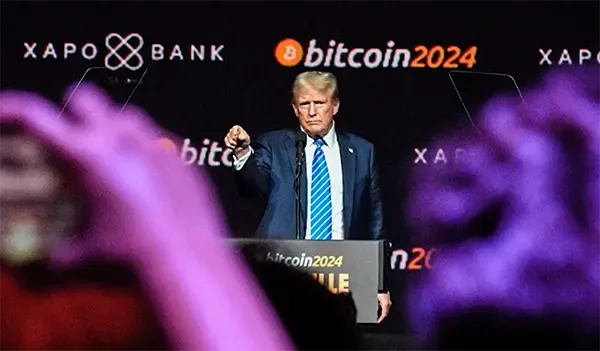The global economic landscape is shifting at breakneck speed as markets digest the implications of President Trump's recently negotiated tariff pause with China. Following the initial implementation of his "Liberation Day" framework and subsequent bilateral talks, this strategic de-escalation appears to be phase two of what financial experts are calling a calculated economic chess game that could dramatically alter investment opportunities for everyday Americans.
Calculated Pressure Yielding Diplomatic Results
President Trump's controversial tariff strategy has already forced significant concessions, with China agreeing to a negotiated reduction from potential 145% rates to a more moderate 30% while talks continue. The tariff pause comes as China compiled exemption lists for certain U.S. goods including semiconductors and pharmaceuticals, signaling meaningful cracks in their resistance. This calculated economic pressure appears designed to trigger precisely such diplomatic openings, with Trump confidently asserting that "China knows they need our markets more than we need their products."
Markets Respond With Historic Rally
Wall Street's response to the tariff pause has been dramatic, with the S&P 500 notching its longest winning streak since 2004 as investors price in reduced trade tensions. This remarkable resilience comes even as economic indicators show mixed signals in the first quarter. Major CEOs are reporting divergent outlooks—Coca-Cola's James Quincey noted "affordability pressure for the lower-income consumer" while Starbucks and Visa executives reported continued strong spending patterns, suggesting the economic impact varies significantly across consumer segments.
Corporate America Accelerating Strategic Shifts
Despite the tariff pause, major corporations are continuing to reconfigure supply chains as insurance against future trade volatility. Companies are deploying sophisticated AI systems to map supply networks and calculate costs across multiple scenarios in real-time. Apple's partial production shift to India exemplifies this trend, highlighting how quickly major corporations can adapt to the new trade reality. The pause provides breathing room, but few executives believe a return to pre-2025 trade patterns is forthcoming.








